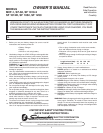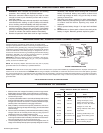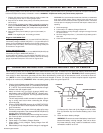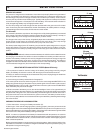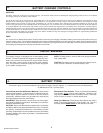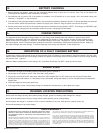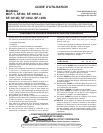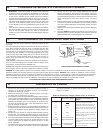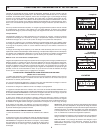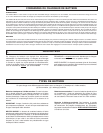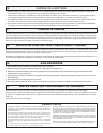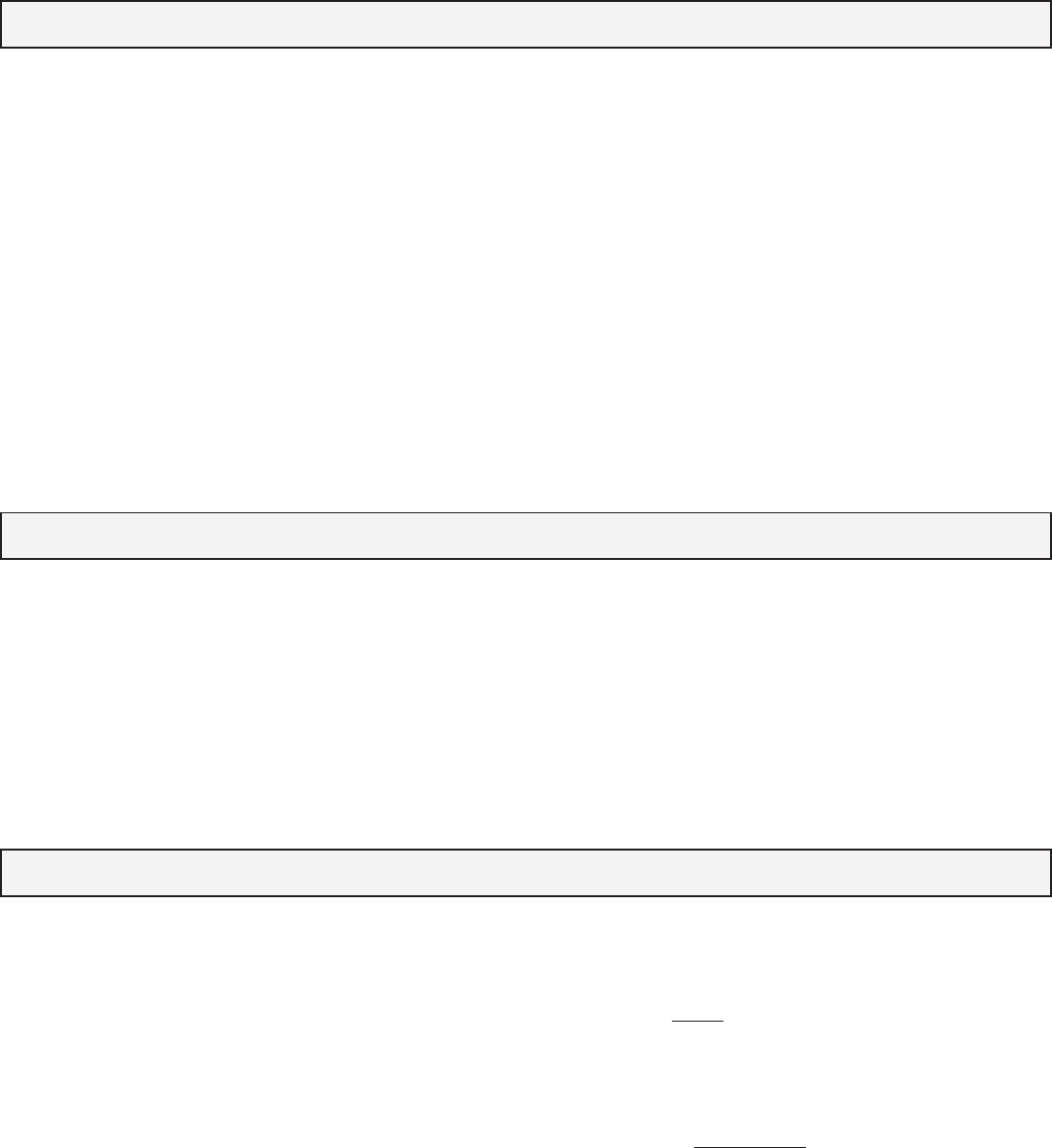
5
Sch555 English 10/30/97
H.
BATTERY CHARGER CONTROLS
I.
CIRCUIT BREAKER
SWITCHES
The MCF1 and the SF 1012D have one charge rate only . The switch on these units is for selecting the charging voltage, either 6 volt or 12 volt. Match
the charging voltage to the battery being charged.
The SF 60, SF 1052, SF 1010-2 and the SF 1250 models are 12 volt only designs and must not be used on 6 volt batteries. The switches on these
chargers are for selecting the charging rates (amps) desired for your application. Use the 2 ampere rate feature offered on some models to charge
smaller batteries such as those on motorcycles, snowmobiles, etc. Use the 10 ampere rate to charge larger automotive batteries. On the SF 60, the
switch on the right must be in the CHARGE position when selecting the 2,10 or 50 amp start on the switch located to the left. The SF 60 also features
a .3 ampere Maintain rate. This maintain rate position may be used to maintain the charge level on your battery when the vehicle is not being used for
extended periods of time. The Timer should be in the HOLD position when using the .300 amp maintain rate. On the SF 1250 the 30 amp boost and the
50 amp Start position is in the same location. Make sure you follow the duty cycle shown on the front of the charger when using these positions. To
obtain the 50 amps start simply turn the ignition key on the vehicle. DO NOT use any other chargers or charge positions for engine starting. Models SF
60, SF 1052 and SF 1250 have Engine Start.
TIMER
The 12 hour timer on Models SF 60 and SF 1012D is useful for preventing overcharging of the battery. Set the pointer knob to the number of hours you
want the charger to be on. The knob will automatically rotate counter clockwise indicating the remaining charge time. When the knob reaches the OFF
position, the charger will shut off. When the HOLD position is selected, the charger will remain on indefinitely. Familiarize yourself with the action of
these settings by rotating the knob through each position several times.
J.
BATTERY TYPES
This battery charger is equipped with a self-resetting circuit
breaker. This device protects the charger from temporary over-
loads. In the event of an overload, the circuit breaker will trip
open and after a short cooling off period will reset automati-
cally. This process is known as cycling and can be recognized
by an audible clicking sound.
NOTE: Clicking sound is normal. Wait until charger automati-
cally resets itself.
CAUTION: Persistent clicking (more than 30 minutes) may in-
dicate reverse connection or shorted battery cells.
Three basic types of lead-acid batteries can be given a charge with this charger: (1 ) Conventional and Low Maintenance,
(2) Maintenance Free, (3) Deep Cycle.
Conventional and Low Maintenance Batteries. These are the
antimony/lead batteries. Conventional/Low Maintenance bat-
teries require periodic addition of water to the acid solution
(electrolyte). Additional water may be added by removing the
filler caps located on the top of the battery.
IMPORTANT: When antimony is known to be one of the materi-
als used in the battery's construction, that battery is a Low Main-
tenance/Conventional type.
CAUTION: Some Low Maintenance batteries have a relatively
smooth top without any apparent battery filler caps. If, however,
the battery manufacturer/distributor recommends periodic
checking of electrolyte level and provides access to the battery
for water additions, the battery is probably a Low Maintenance/
Conventional type.
Maintenance Free Batteries. These are calcium/lead batteries
and normally do not require water additions. Therefore, filler
caps have been removed from the battery surface. These bat-
teries will have a smooth or sealed appearance.
Deep Cycle Batteries. These heavy duty batteries are used in
boats, construction equipment, sump pumps, etc. They are
normally marked DEEP CYCLE on the outside of the case.



